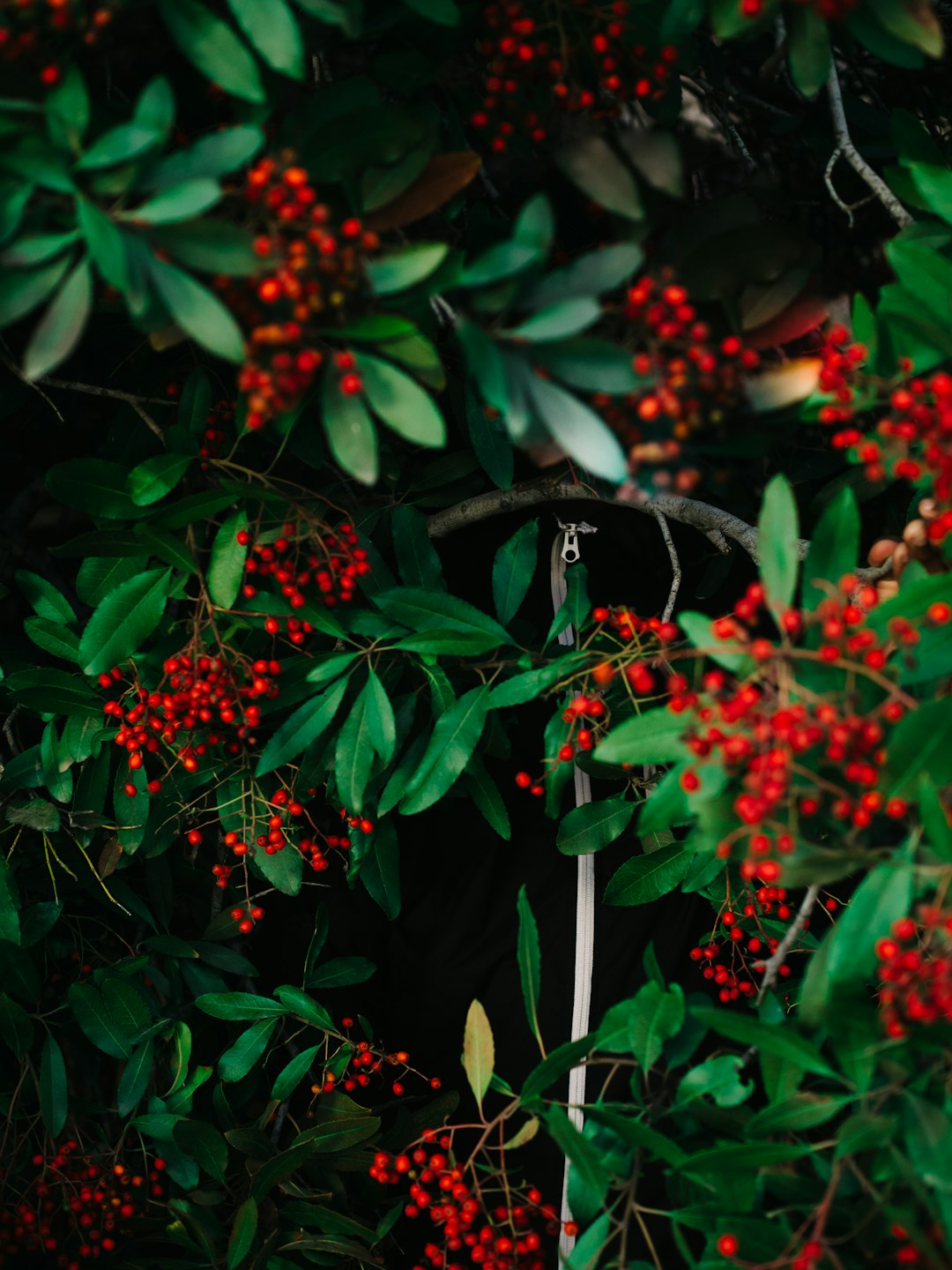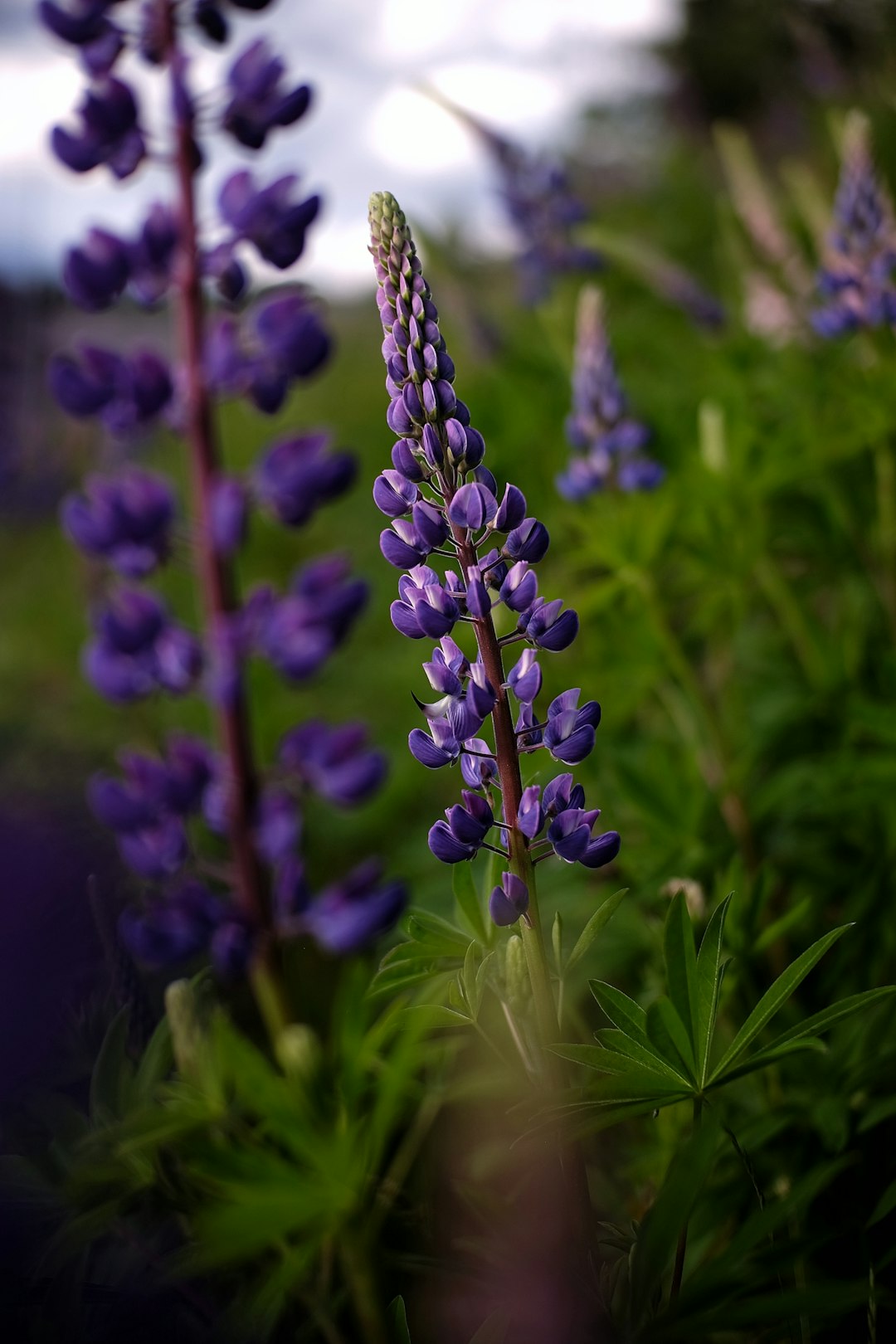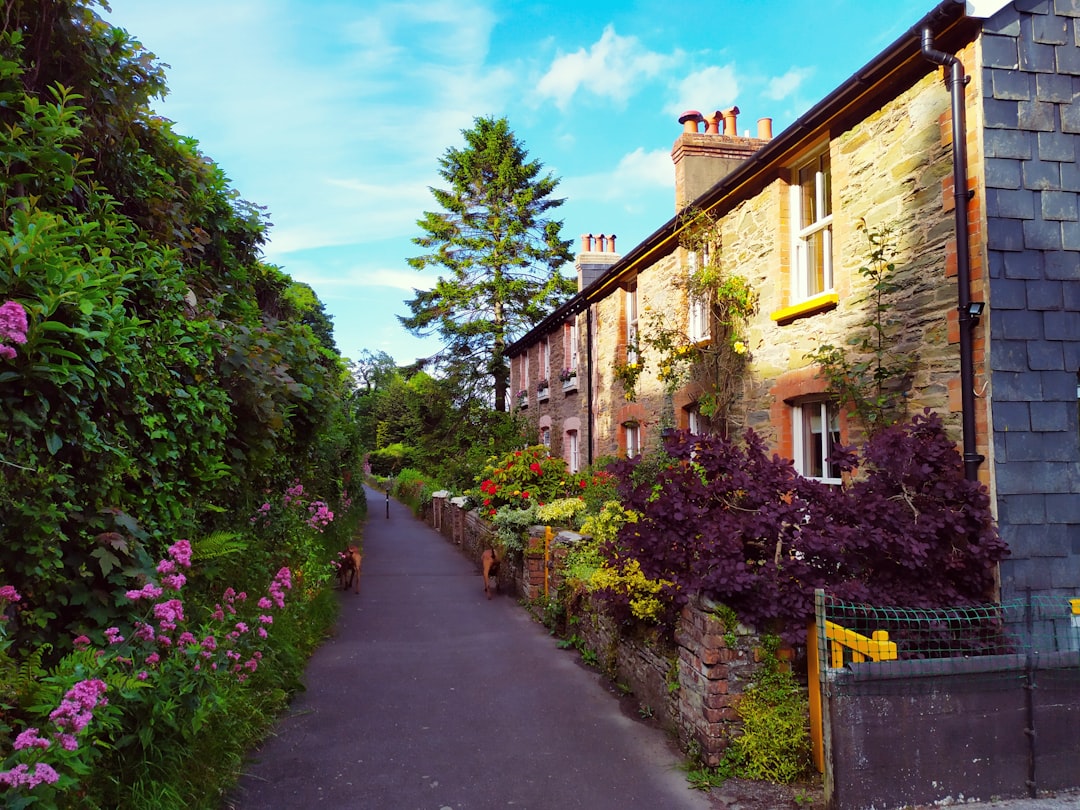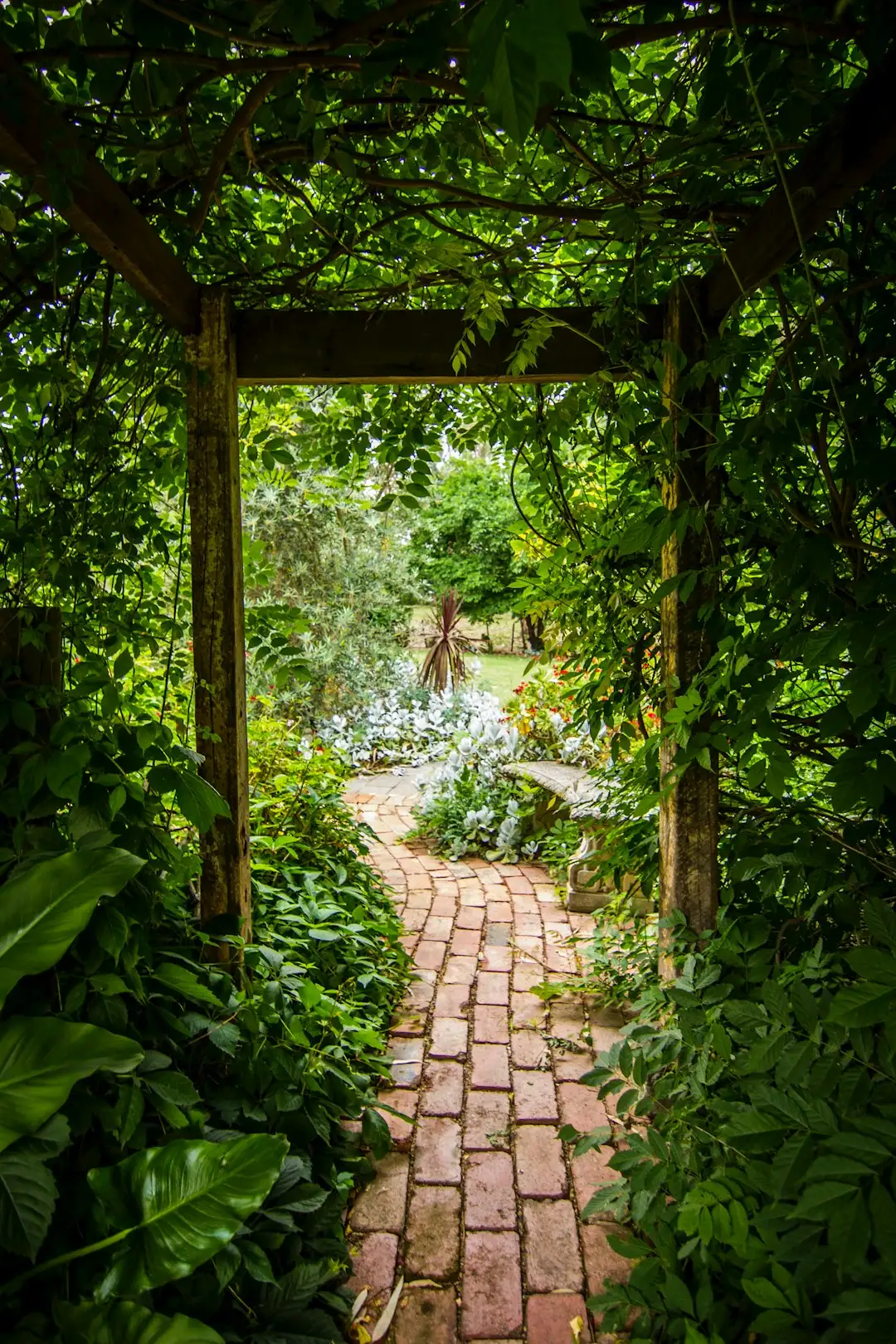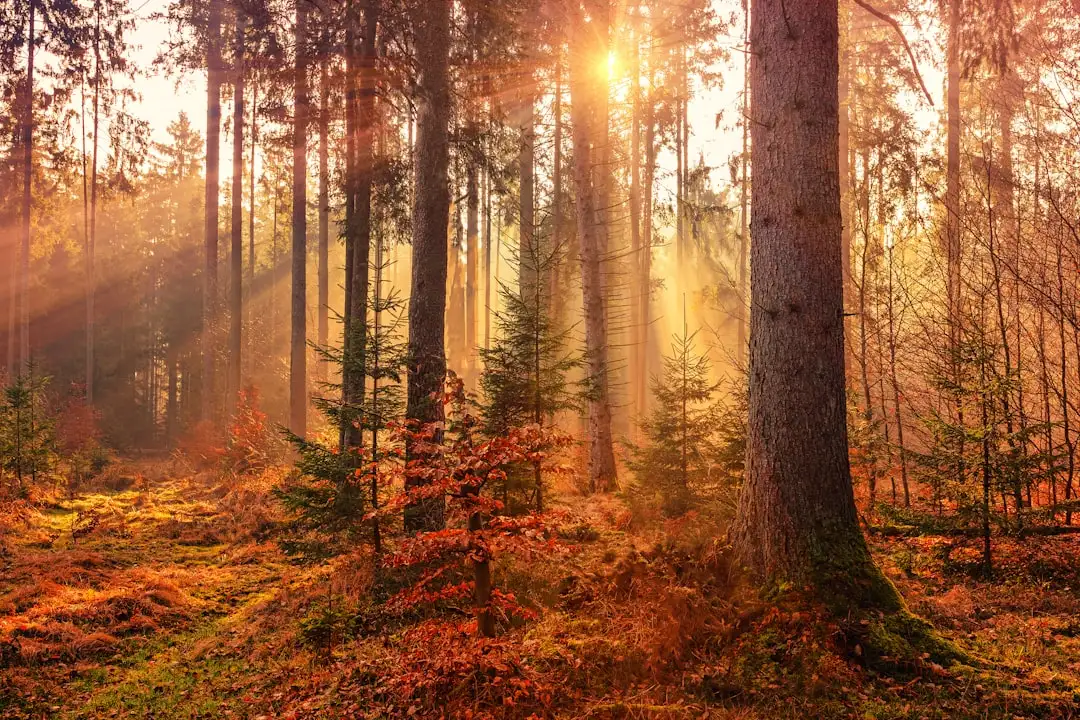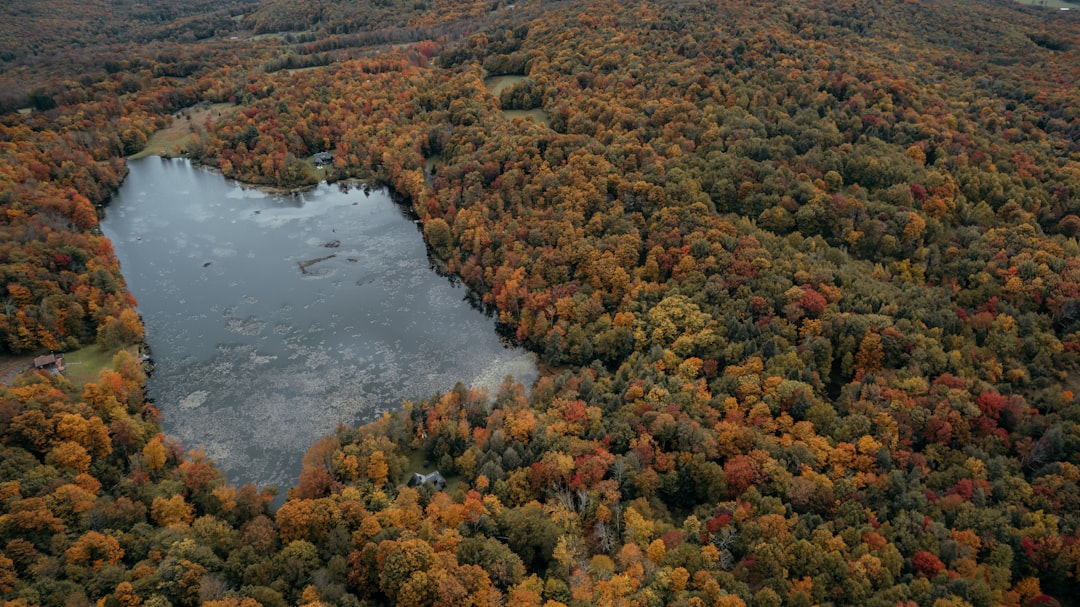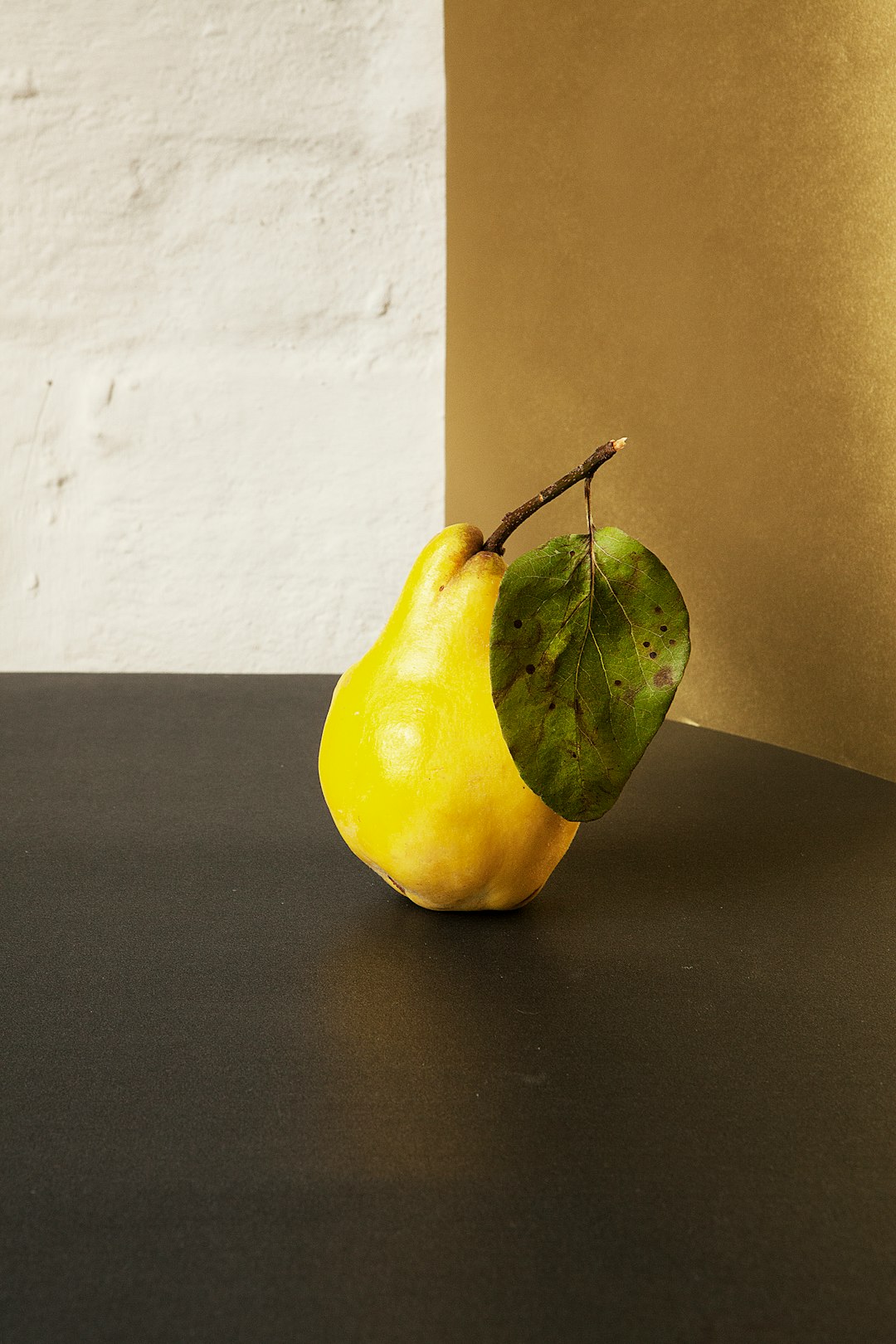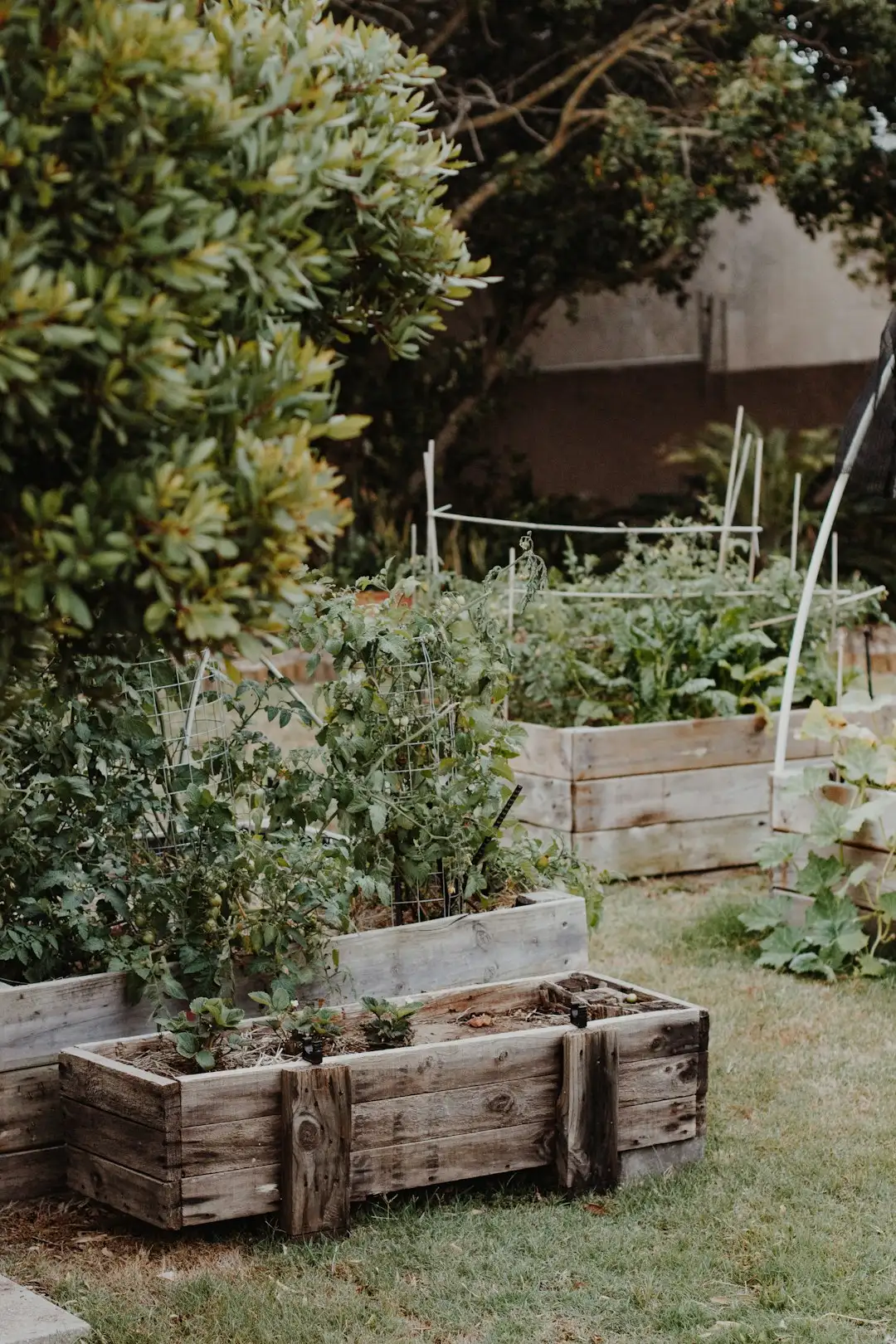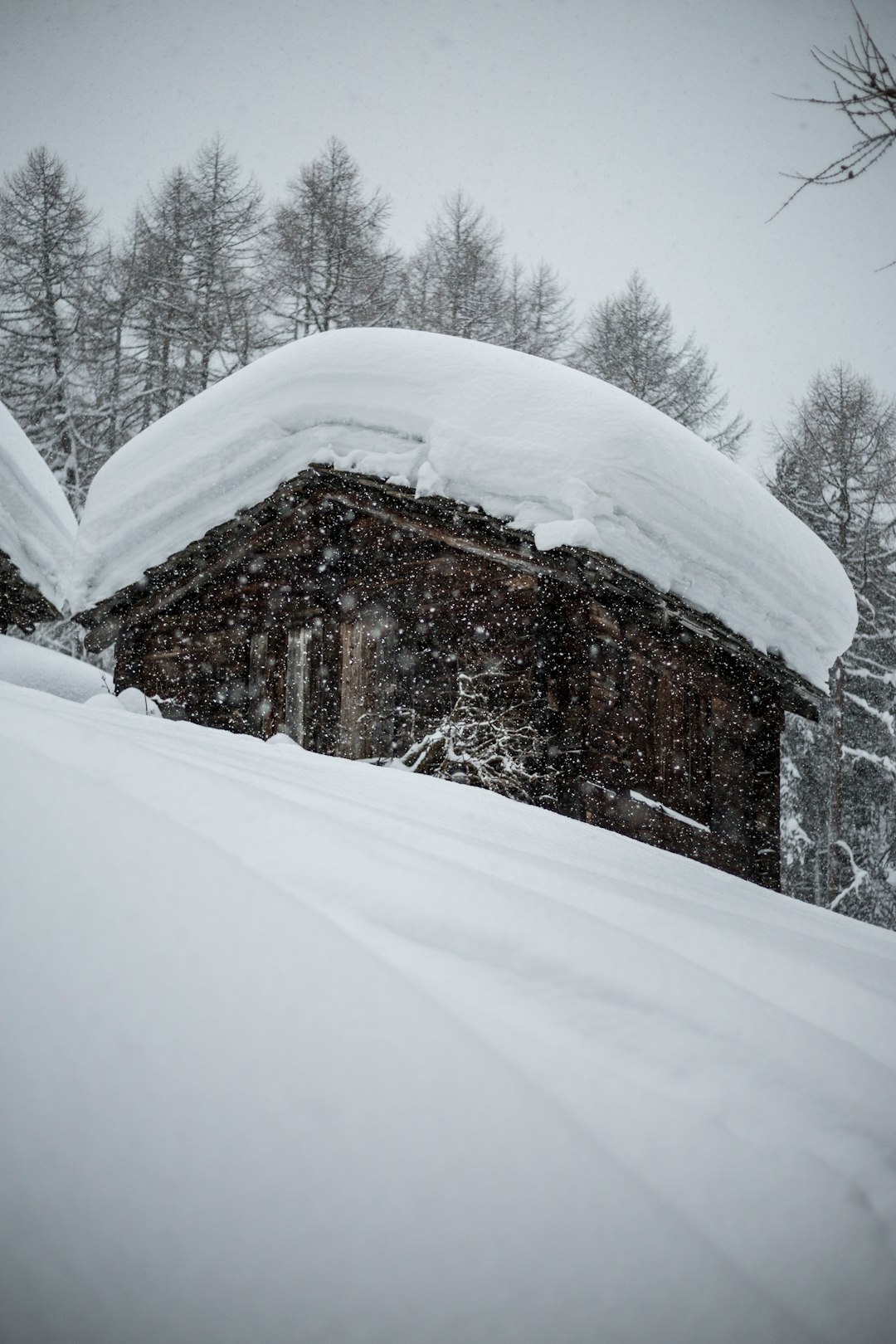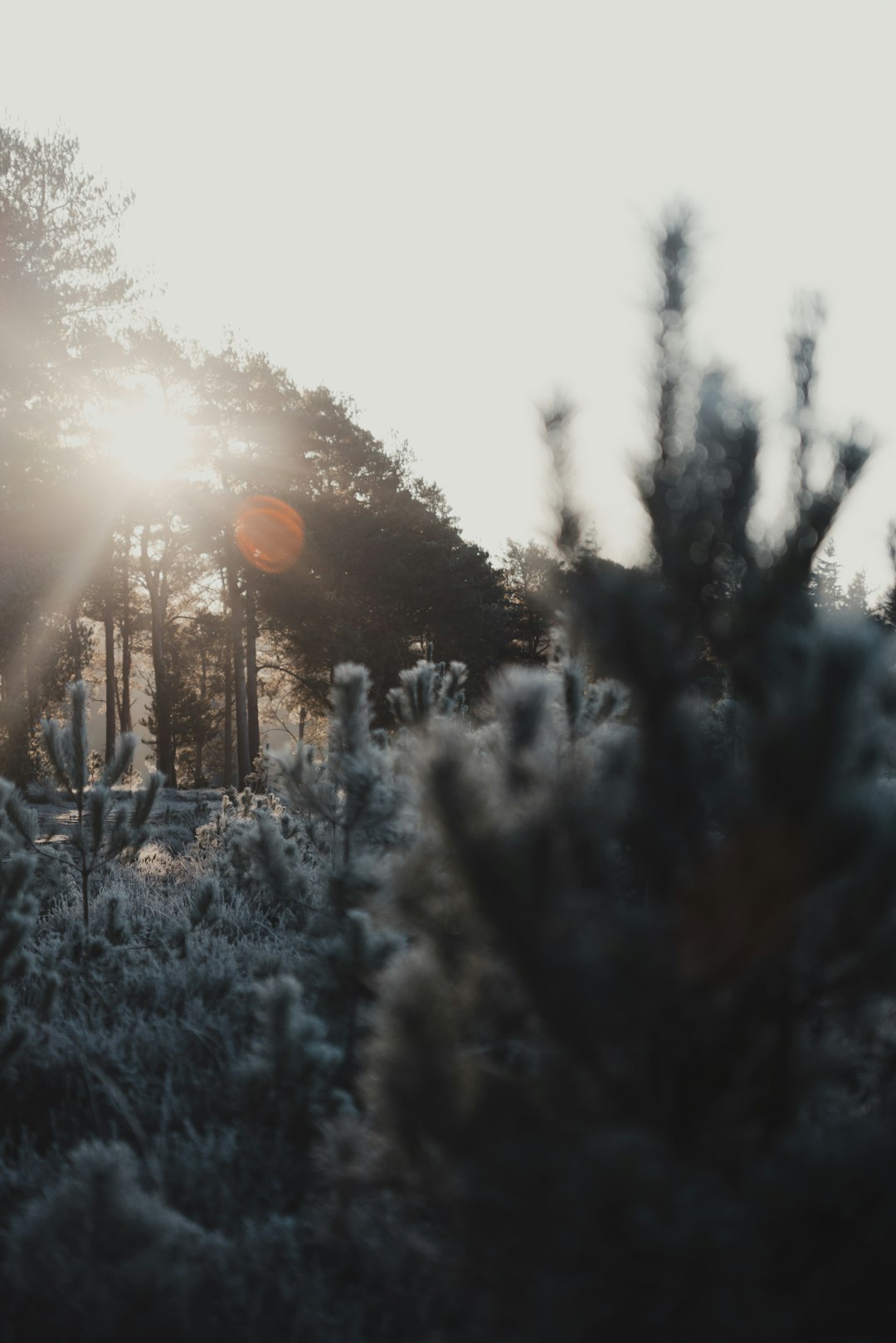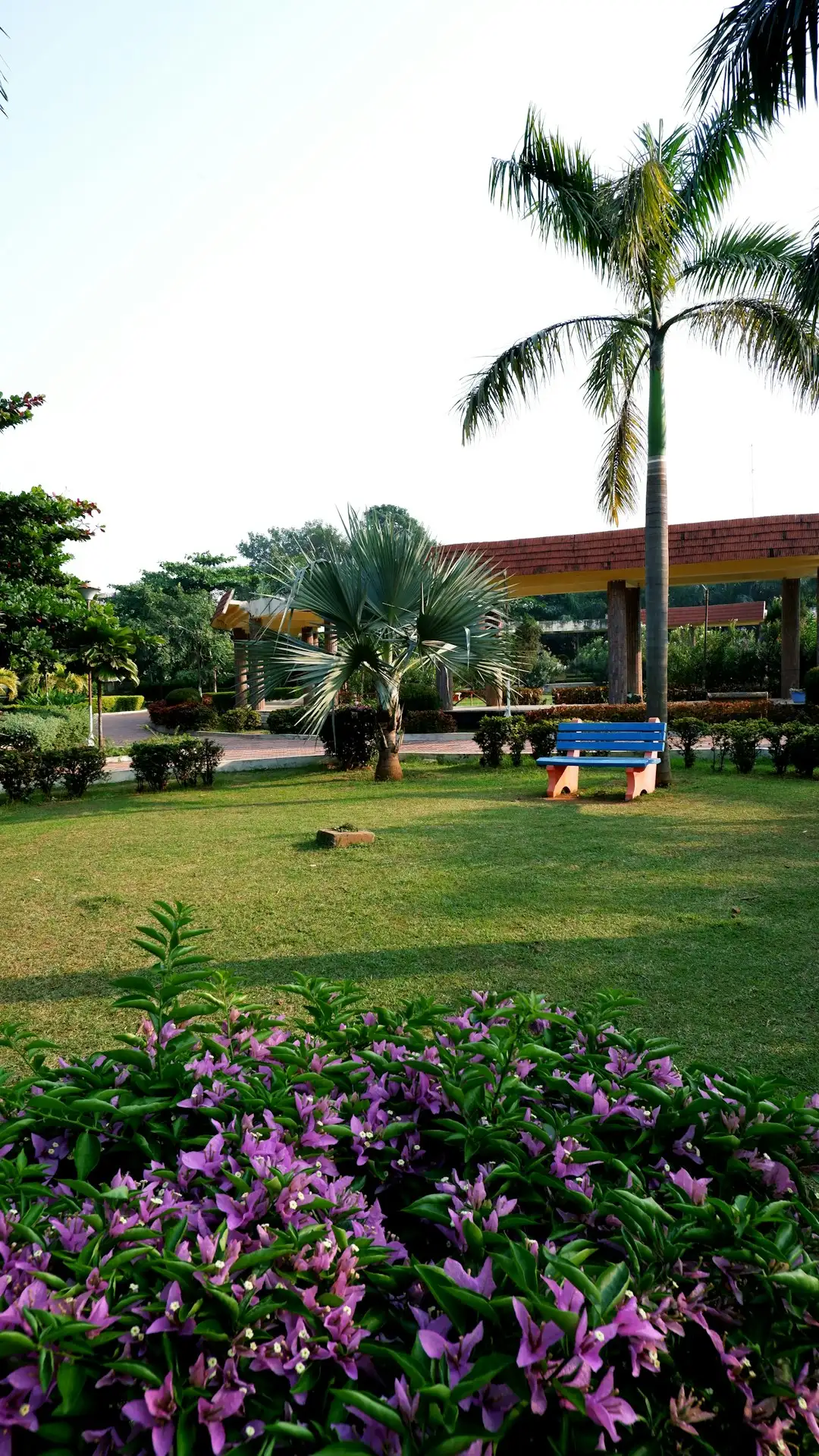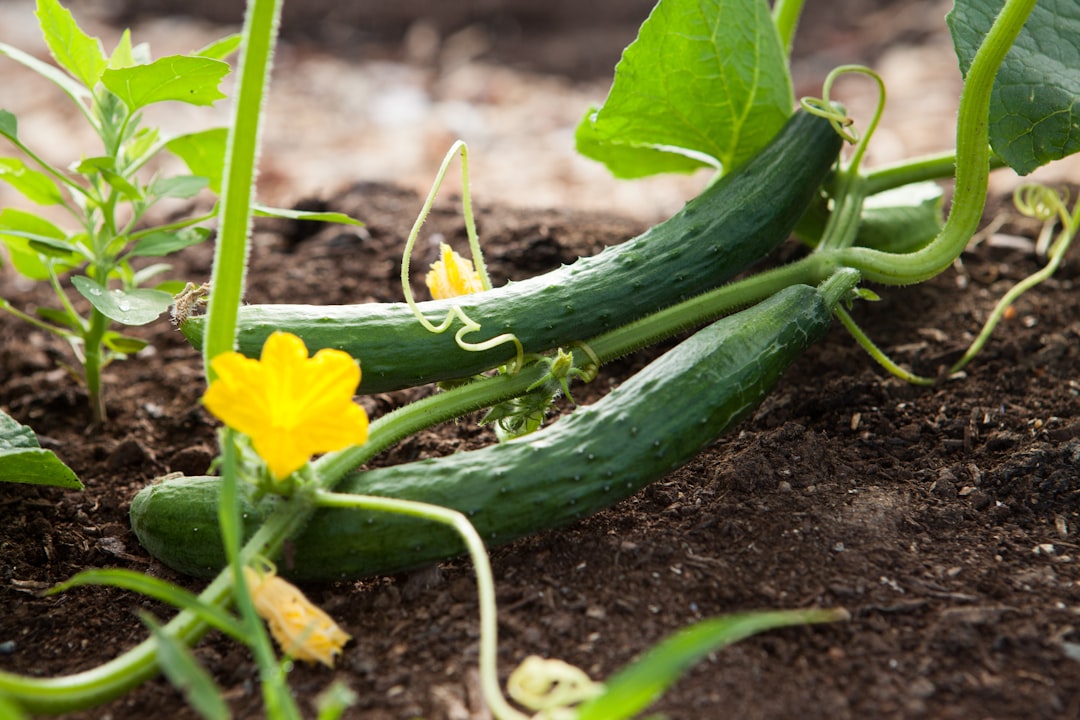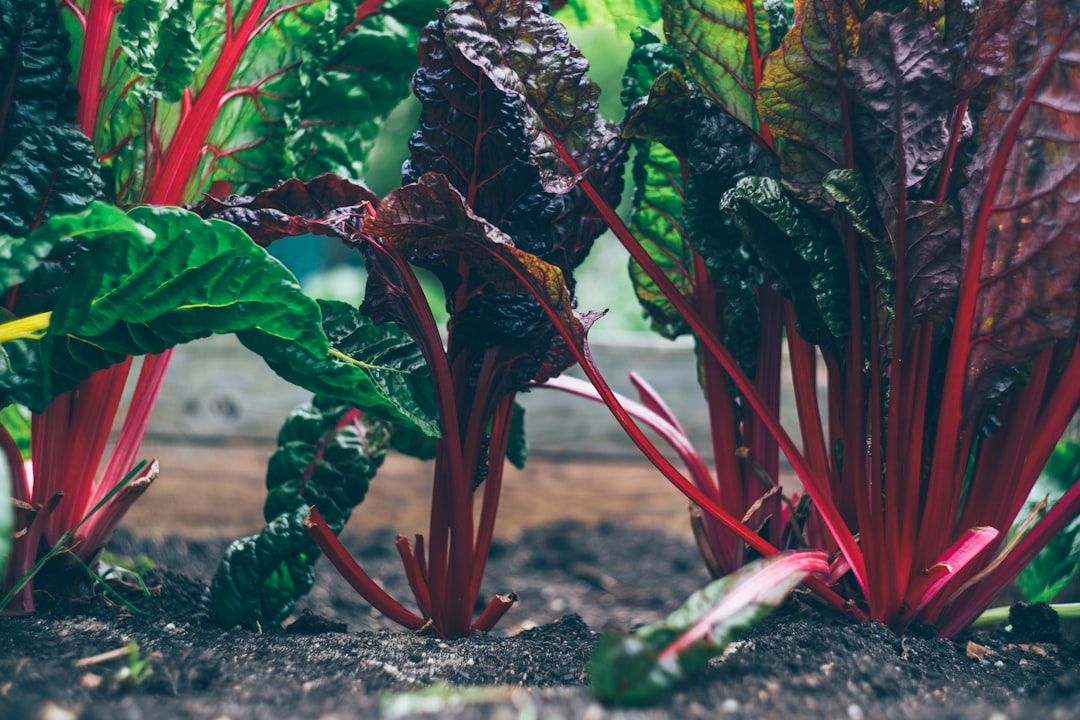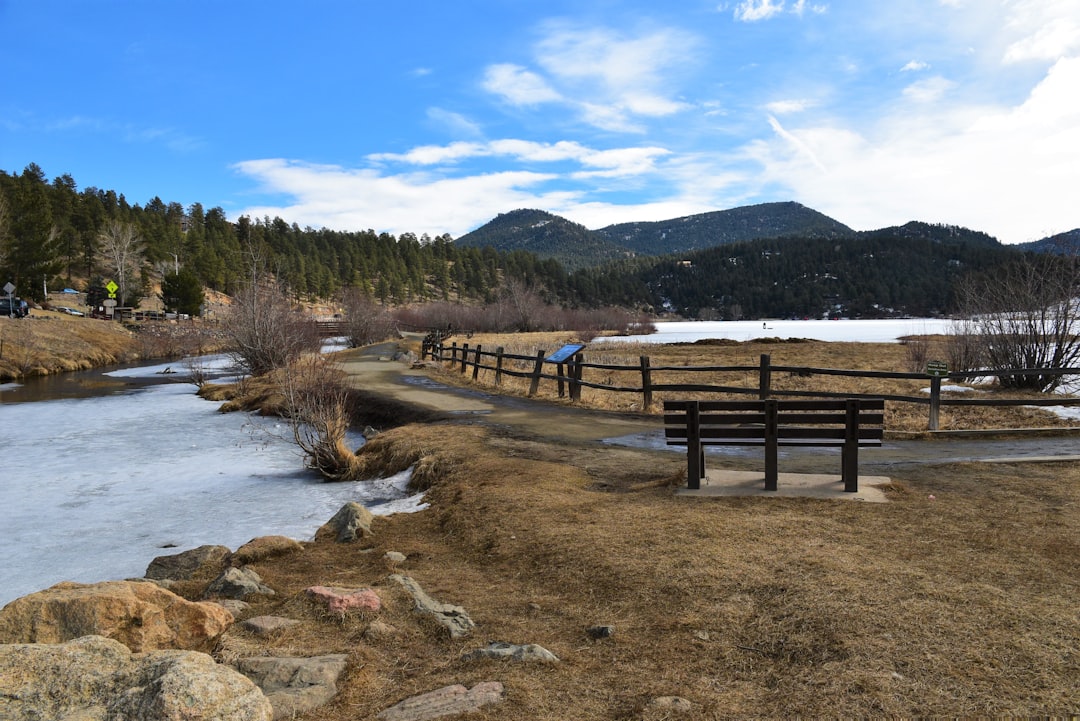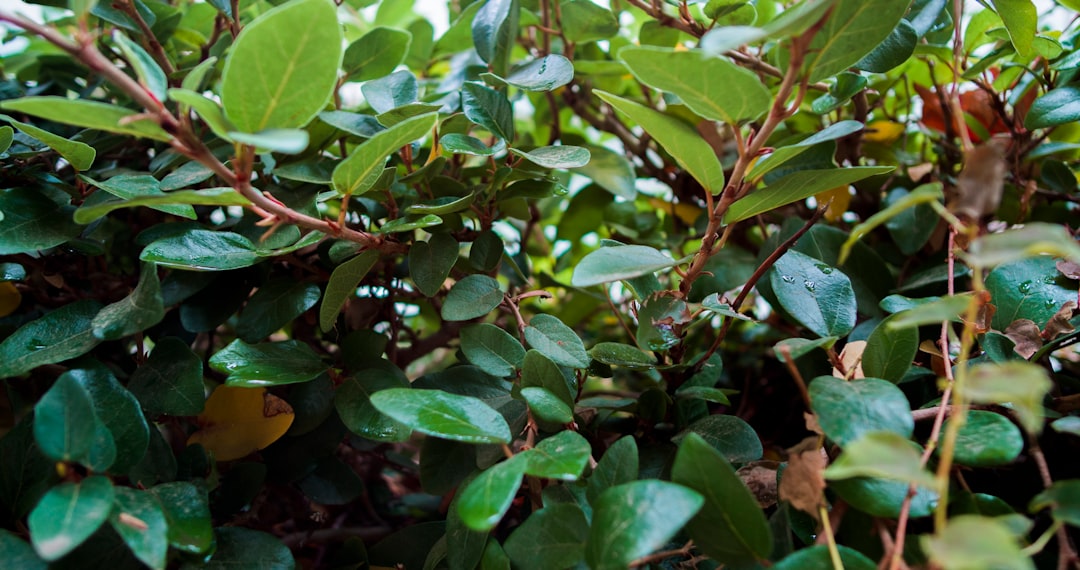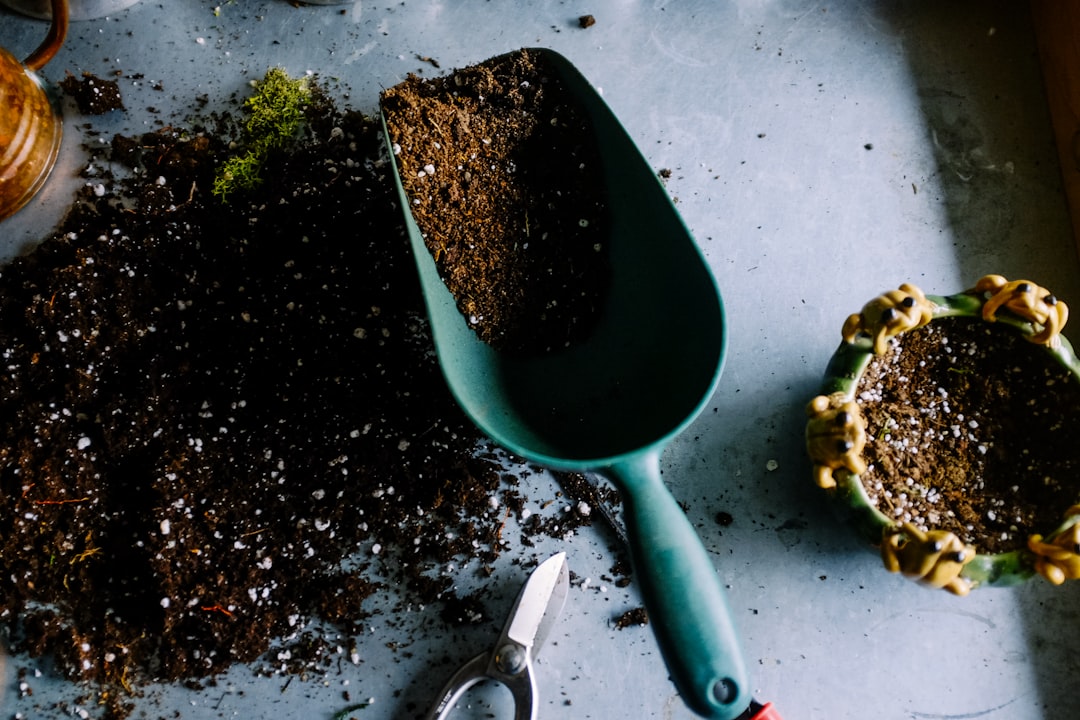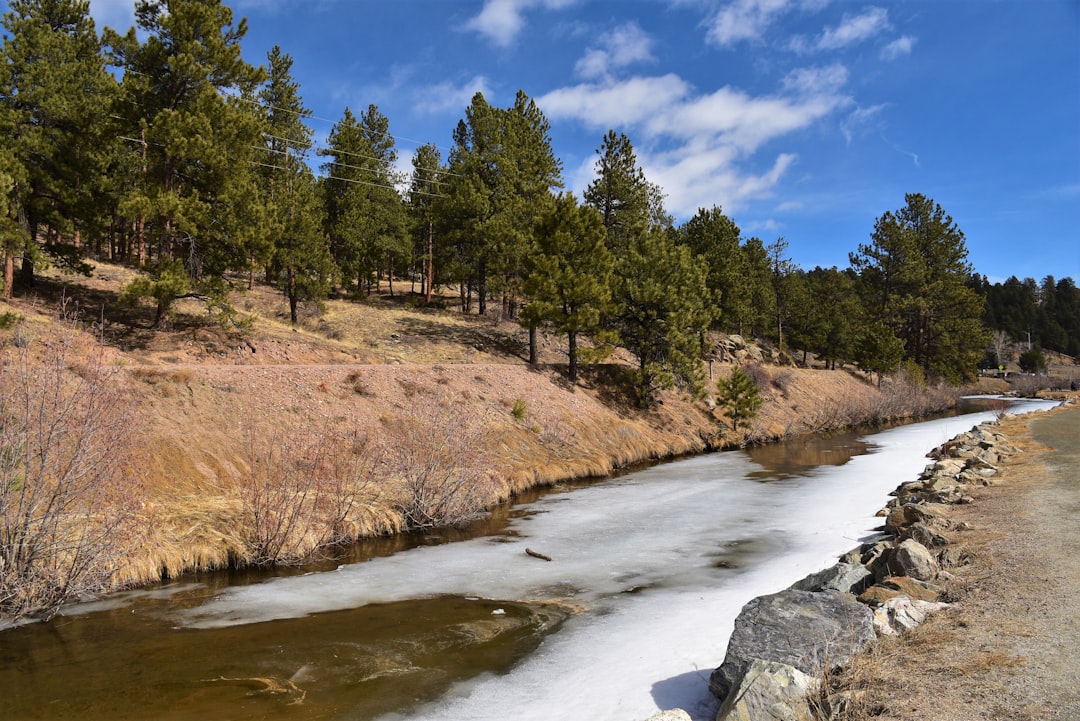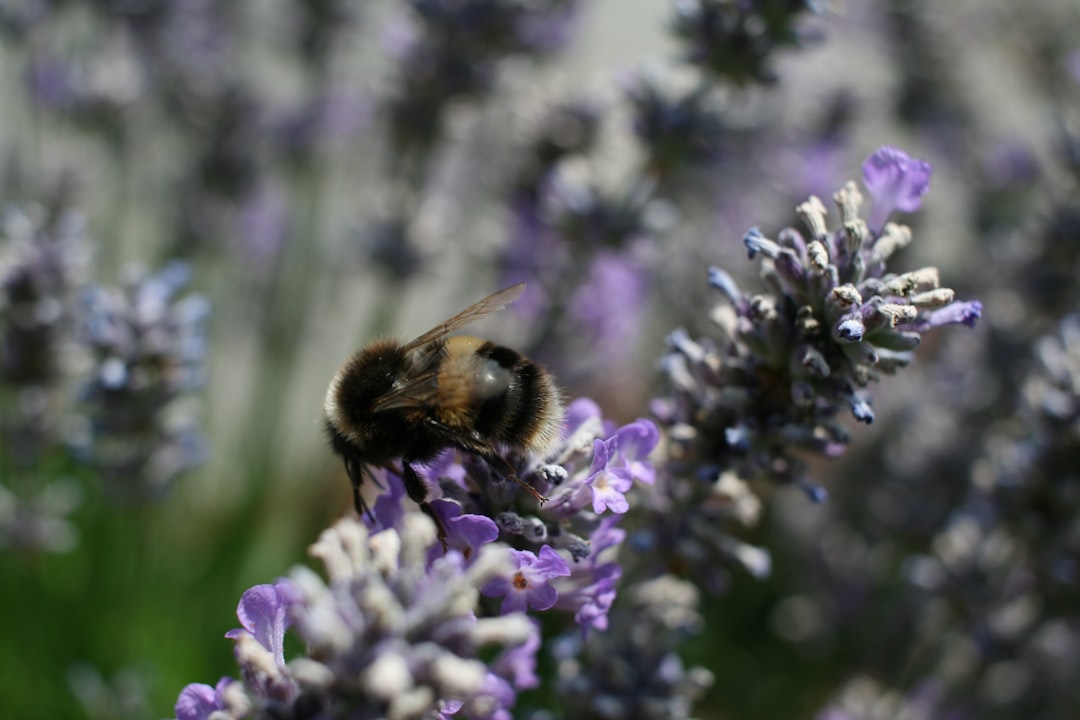
Poplar trees are a diverse and valuable addition to any landscape. They come in various types, each with its own unique characteristics and requirements for successful planting and growth. In this article, we will explore the straightforward details about cultivating several types of poplar trees.
One of the most common types of poplar trees is the Eastern Cottonwood (Populus deltoides). This fast - growing tree can reach heights of up to 100 feet or more. It is well - adapted to wet areas, such as riverbanks and floodplains. When planting an Eastern Cottonwood, it is crucial to choose a location with plenty of space. These trees have a large root system that can spread out widely, so avoid planting them too close to buildings or underground utilities. The soil should be moist, fertile, and well - drained. Although they can tolerate some flooding, long - term waterlogging can be detrimental to their health.
Another popular type is the Lombardy Poplar (Populus nigra 'Italica'). Known for its tall, columnar shape, the Lombardy Poplar is often used as a windbreak or for adding vertical interest to a landscape. Unlike the Eastern Cottonwood, it prefers well - drained soil and full sun. When planting Lombardy Poplars, space them about 6 to 8 feet apart. They are relatively fast - growing but have a shorter lifespan compared to some other poplar species. Pruning is important for maintaining their shape and removing any dead or diseased branches. Regular pruning also helps to prevent the tree from becoming top - heavy and more susceptible to wind damage.
The Hybrid Poplar is a cross between different poplar species, bred for specific traits such as fast growth and disease resistance. Hybrid poplars are often used in commercial forestry and for biomass production. They can grow up to 8 feet per year under ideal conditions. For successful growth, hybrid poplars need full sun and rich, well - drained soil. Adequate watering is essential, especially during the first few years after planting. Fertilization can also help to promote healthy growth. A balanced fertilizer with a ratio of nitrogen, phosphorus, and potassium can be applied in the spring and early summer.
When it comes to the actual planting process, start by digging a hole that is two to three times wider than the root ball of the tree. The depth of the hole should be equal to the height of the root ball. Gently place the tree in the hole, making sure it is straight. Backfill the hole with soil, tamping it down gently to remove any air pockets. Water the tree thoroughly after planting to settle the soil around the roots. Mulching around the base of the tree can help to retain moisture, suppress weeds, and regulate soil temperature. Use a layer of organic mulch, such as wood chips or shredded bark, but keep it a few inches away from the trunk to prevent rot.
Poplar trees are generally susceptible to certain pests and diseases. Aphids are a common pest that can suck the sap from the leaves, causing them to curl and turn yellow. To control aphids, you can use insecticidal soaps or introduce natural predators such as ladybugs. Another disease that affects poplar trees is leaf rust, which appears as orange or yellow spots on the leaves. Fungicides can be used to treat leaf rust, but proper cultural practices, such as good air circulation and avoiding overhead watering, can also help to prevent its spread.
Regular monitoring of the trees is essential for early detection of any problems. Check the leaves, branches, and trunk for signs of pests, diseases, or damage. Prune any damaged or diseased branches promptly to prevent the spread of problems. In addition, proper watering and fertilization practices can help to keep the trees healthy and more resistant to pests and diseases.
In conclusion, growing poplar trees can be a rewarding experience. By understanding the specific requirements of different poplar species, choosing the right location, and following proper planting and care techniques, you can enjoy the beauty and benefits that these trees bring to your landscape. Whether you are looking for a fast - growing shade tree, a windbreak, or a tree for commercial purposes, there is a poplar species that will suit your needs.
New
















